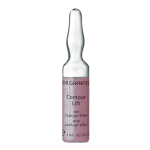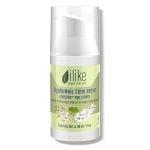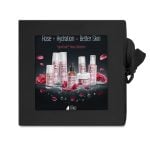
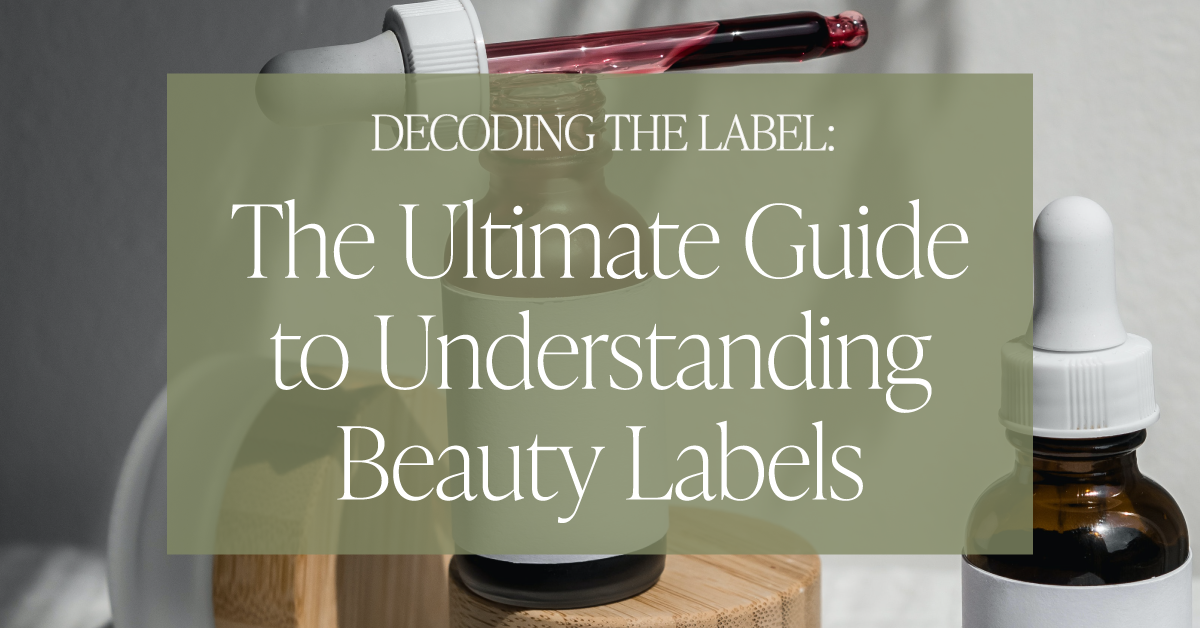
Understanding the Labels: Decoding Organic Skin Product Ingredients
Discover the best organic skincare with our guide on Understanding the Labels: Decoding Ingredients in Organic Skin Products for healthier, radiant skin.
Importance of Reading Skincare Labels
Let’s face it. Decoding ingredients in organic skin products can be daunting, but it’s crucial for making informed decisions about your skincare choices. The order of ingredients listed on the label provides essential information about the product’s composition and its suitability for different skin types, with those present in the largest amounts appearing first (usually water). So what should you focus on?Order of Ingredients as an Indicator of Concentration
Focusing on key components within labels is vital to understanding their effects on your skin. When examining a label, you’ll want to pay close attention to the first five to 10 ingredients since these constitute most of the product.Focusing on Key Components Within Labels
A closer look at individual ingredients can reveal whether a product suits your skin type and help you avoid potential irritants or allergies. For instance, knowing which substances trigger reactions will help you avoid unsuitable products and prevent unnecessary discomfort if you have sensitive skin or allergies. , along with international nomenclature guidelines such as providing standardized names for cosmetic ingredients that can help you identify specific components in your beauty products. So next time you browse the organic skin care aisle, don’t forget to flip that product packaging and look at the ingredients label. By being aware of the components in beauty products, you can make wiser decisions when selecting items for your skin care regimen and health.Identifying Harmful Ingredients and Irritants
Let’s dive into the nitty-gritty of decoding organic skincare labels. First, it’s important to know about common irritants found in many skin care products. These include petrolatum, mineral oil, sodium lauryl sulfate, cocoa butter, and algae extracts. It’s best to avoid these ingredients where possible as they can cause clogged pores, acne breakouts, and skin sensitivities. On the other hand, beneficial active ingredients promote healthy skin. These include alpha hydroxy acids (AHAs), antioxidants, retinol, essential oils, and beta hydroxy acids (BHAs). These ingredients help remove dead skin cells, provide nourishment, and protect against environmental damage.Common Irritants Found in Skincare Products
- Petrolatum: A petroleum-derived ingredient often used for its moisturizing properties but can cause clogged pores and acne breakouts.
- Mineral Oil: Another petroleum-based substance that may lead to congested pores over time.
- Sodium Lauryl Sulfate: A harsh detergent known for irritating sensitive skin types.
- Cocoa Butter: While it is a natural ingredient derived from cocoa beans, it could potentially exacerbate acne-prone or oily skin conditions due to its high-fat content.
- Algae Extracts: Although they have antioxidant benefits, certain forms might trigger allergies or sensitivities in some individuals.
Beneficial Active Ingredients That Promote Healthy Skin
- Alpha Hydroxy Acids (AHAs): These naturally occurring acids exfoliate the skin and improve its texture.
- Antioxidants: Substances like vitamin C, E, and green tea extract that protect your skin from free radicals and environmental damage.
- Retinol: A form of vitamin A that helps with cell turnover, reduces fine lines and wrinkles, and acne breakouts.
- Essential Oils: Natural oils derived from plants that can provide various benefits to the skin, such as hydration or soothing properties.
- Beta Hydroxy Acids (BHAs): Salicylic acid is a popular BHA known for its ability to penetrate deep into pores and clear out excess oil and dead cells.
Key Takeaway:
Decoding organic skincare labels is important to identify harmful ingredients and irritants, such as petrolatum, mineral oil, sodium lauryl sulfate, cocoa butter, and algae extracts. On the other hand, beneficial active ingredients like AHAs, antioxidants, retinol, essential oils and BHAs promote healthy skin by removing dead cells and protecting against environmental damage. It’s crucial to pay attention to product packaging and ingredient lists in order to make informed decisions about the skincare products you use.
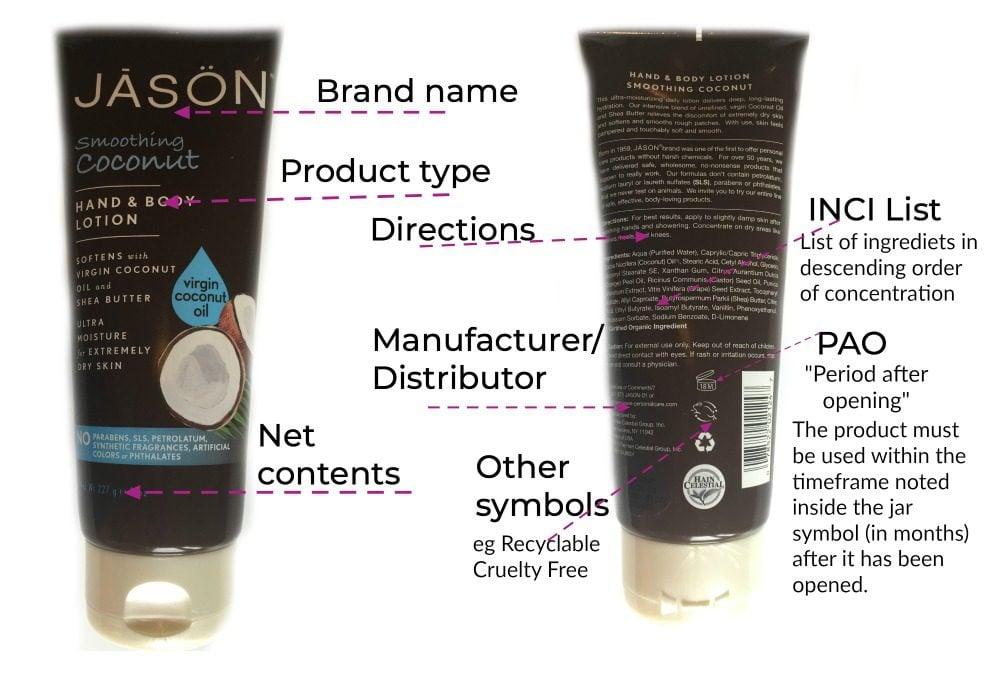
Natural vs Synthetic Fragrances: What’s the Deal?
Let’s chat about aromas, yeah? When it comes to fragrances in skincare products, there are two main types you should be aware of: natural and synthetic. But why does this matter? That’s a good question. Research has shown that synthetic fragrances can cause allergic reactions and skin sensitivities for some people. This is where natural ingredients come into play as a safer alternative.Risks Associated with Synthetic Fragrances
Synthetic fragrances often contain chemicals like phthalates, which have been linked to hormone disruption and other health concerns. Besides that, they may also trigger asthma attacks or exacerbate existing respiratory issues in sensitive individuals.The Power of Natural Alternatives
- Naturally derived essential oils:
- Lavender oil – known for its calming properties;
- Citrus oils (lemon, orange) – uplifting and refreshing;
- Eucalyptus oil – is great for sinus congestion relief.
- Aromatic plant extracts:
- Rosemary extract – an antioxidant-rich ingredient;
- Vanilla bean extract – adds a sweet scent without artificial additives.
- Fruit-derived scents:
- Apple extract – a refreshing and fruity aroma;
- Mango extract – adds a tropical touch to your skincare routine.
“Decode the labels of organic skincare products and choose natural fragrances over synthetic ones for a safer and more pleasant experience. #OrganicSkincare #NaturalFragrances” Click to Tweet
Organic Symbols & Expiration Dates: A Comprehensive Guide
So, you’re on the hunt for organic skincare products. Confirm the authenticity of “organic” labels with this comprehensive guide to organic symbols and expiration dates. Fear not. We’ve got your back with this quick guide to understanding organic symbols and expiration dates.Importance of Organic Certification Symbols
The first thing to look for is an official certification symbol. This little logo guarantees that the product meets strict standards set by organizations like USDA or ECOCERT. Beware of vague terms like “natural,” which don’t have any legal definition and may mislead you.Shelf Life Considerations for Natural Skincare Products
Moving on to expiration dates – a crucial aspect often overlooked by many consumers. Natural beauty products tend to have shorter shelf lives than their synthetic counterparts due mainly to preservatives employed (or lack thereof). .- Check the PAO: Look out for the Period After Opening (PAO) symbol, usually represented as an open jar icon followed by a number (e.g., 12M).
- Note manufacturing date: Some brands provide the manufacturing date, which can help you determine the product’s freshness.
- Trust your senses: If a product smells off or has changed in texture, it’s time to toss it.
Sunscreen and Acne Treatment Regulations: Choose Wisely, Stay Informed
Let’s talk sunscreen. Choosing the right one is not just about the SPF number; it’s also about safe ingredients. But wait, there’s more. The FDA regulates acne treatments too. You’ll find a drug fact panel and specific active ingredients on these products. Note: Some companies might use terms like ‘clarifying’ to bypass regulations – sneaky?Choosing Sunscreens with Safe Ingredients
Besides checking for high SPF numbers, look at the ingredient list as well. Avoid harmful chemicals such as oxybenzone or octinoxate that can cause skin sensitivities or even disrupt hormones (yikes.) . , containing mineral-based filters like zinc oxide or titanium dioxide.Understanding FDA Regulations about Acne Treatments
FDA requires acne treatment products to have specific information on their labels. A warning about potential misleading information, such as vague terms, is necessary when choosing an acne treatment product. However, some companies might use vague terms to avoid regulations – so keep an eye out. Ensure you acquire the correct product by verifying for dynamic constituents such as salicylic acid or benzoyl peroxide. In short: Don’t just trust the packaging claims when it comes to sunscreen and acne treatments. , read labels carefully, and make informed decisions for healthier skin.Misleading Marketing Tactics & Dermatologist Claims
Let’s be honest; promotion can be deceptive. When browsing organic skin care products, you might come across enticing claims like “dermatologist tested.” But wait a minute. Sunday Riley, the renowned skincare expert, warns us that this doesn’t necessarily mean “dermatologist endorsed.” In other words, don’t fall for these sneaky tactics.- Analyze ingredient lists closely: Focus on the first five to ten ingredients as they constitute most of the product. Make sure your desired natural ingredients are listed near the top.
- Avoid harmful chemicals and irritants: If possible, steer clear of petrolatum, mineral oil, sodium lauryl sulfate (SLS), cocoa butter or algae extracts, which are known irritants. Instead, look for beneficial active components such as alpha hydroxy acids (AHAs) and antioxidants.
- Natural fragrances over synthetic ones: Artificial scents have been linked to allergic reactions and sensitivities. Opt for products with natural fragrances or fragrance-free options.
- Expiration dates matter: Natural skincare products may have shorter shelf lives due to the absence of synthetic preservatives, so always check the expiration date before purchasing.
“Decode the ingredients in your organic skin care products like a pro. Avoid harmful chemicals and misleading marketing tactics for healthier, happier skin. #organicskincare #ingredientsmatter” Click to Tweet
FAQs about Understanding the Labels: Decoding ingredients in Organic Skin Products
How to Read Skincare Ingredient Labels
When it comes to reading skincare ingredient labels, it’s important to start by looking at the order of ingredients listed. Typically, ingredients are listed from highest to lowest concentration. This means that the first few ingredients listed make up most of the product. Look for key active components and avoid harmful chemicals or irritants. Familiarize yourself with common symbols indicating certified organic status and check expiration dates to ensure product freshness.The Importance of Reading Skincare Labels
Reading skincare labels is crucial because it helps you understand the composition of a product, ensuring that it’s safe and effective for your skin type. You can avoid potential allergens or irritants by analyzing ingredients while selecting products with beneficial natural components that promote healthy skin.What Does “Organic Ingredients” Mean?
Cosmetics labeled as having organic ingredients should contain a significant percentage of organically produced components, free from synthetic pesticides or fertilizers. Look for USDA Organic, ECOCERT, or other reputable certification seals on packaging to confirm their authenticity.Understanding the Order of Ingredients in Skincare
The order of ingredients in skincare signifies their relative concentrations within the product formulation. Ingredients are listed in descending order based on their weight percentages. Those appearing first have higher concentrations than those further down the list. This information helps determine if a specific component has enough presence to be effective on your skin.Conclusion
Understanding the labels on organic skincare products can be overwhelming, but knowing what you’re putting on your skin is important. By deciphering ingredient order, recognizing organic symbols and expiration dates, avoiding known irritants, choosing natural fragrances and sunscreens based on ingredients and SPF, and decoding misleading marketing tactics, you can make informed decisions about which products are right for you. At Organic Skincare, we believe in transparency regarding our ingredients. At Organic Skincare, we prioritize using only the highest-quality organic ingredients to nourish your skin without any synthetic chemicals or fragrances. Check out our website to learn more about our commitment to clean beauty! Visit Organicskincare.com today to discover new organic skincare products to keep your skin healthy and glowing.Clelia Gaksteyn
I'm a highly skilled and knowledgeable esthetician who has worked in the skincare industry for over 20 years.
In addition to her work as an esthetician, I am also a writer and blogger, sharing her knowledge and experience in the skincare industry with a broader audience. I write about the latest skincare trends and product reviews and provide tips and advice on achieving healthy, beautiful skin at OrganicSkinCare.com and on social media.




